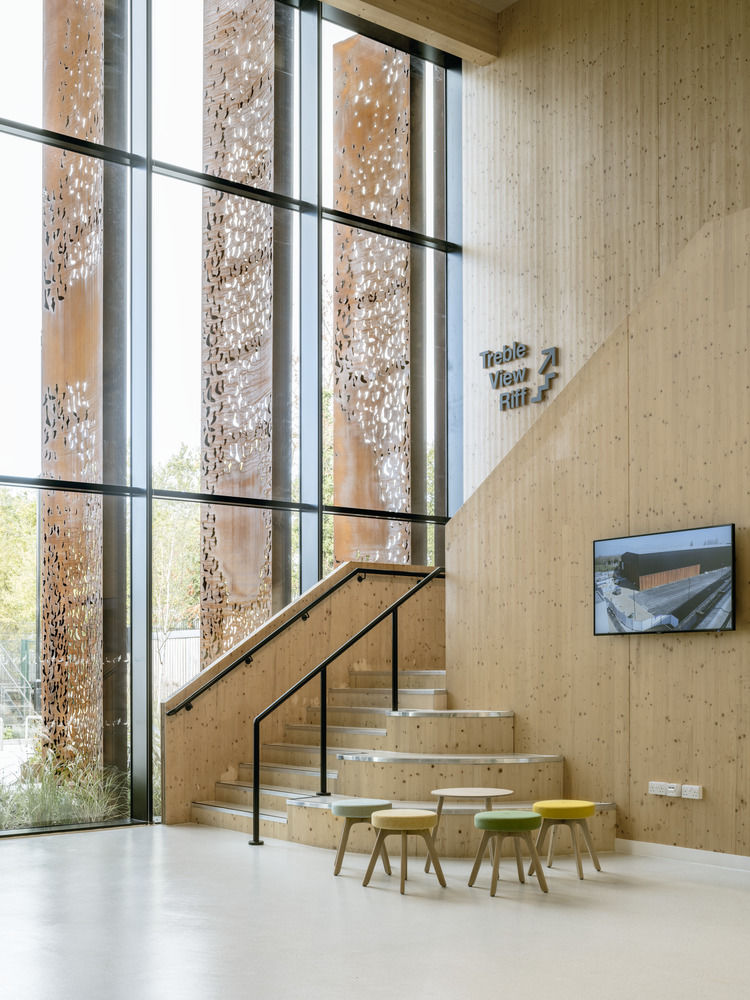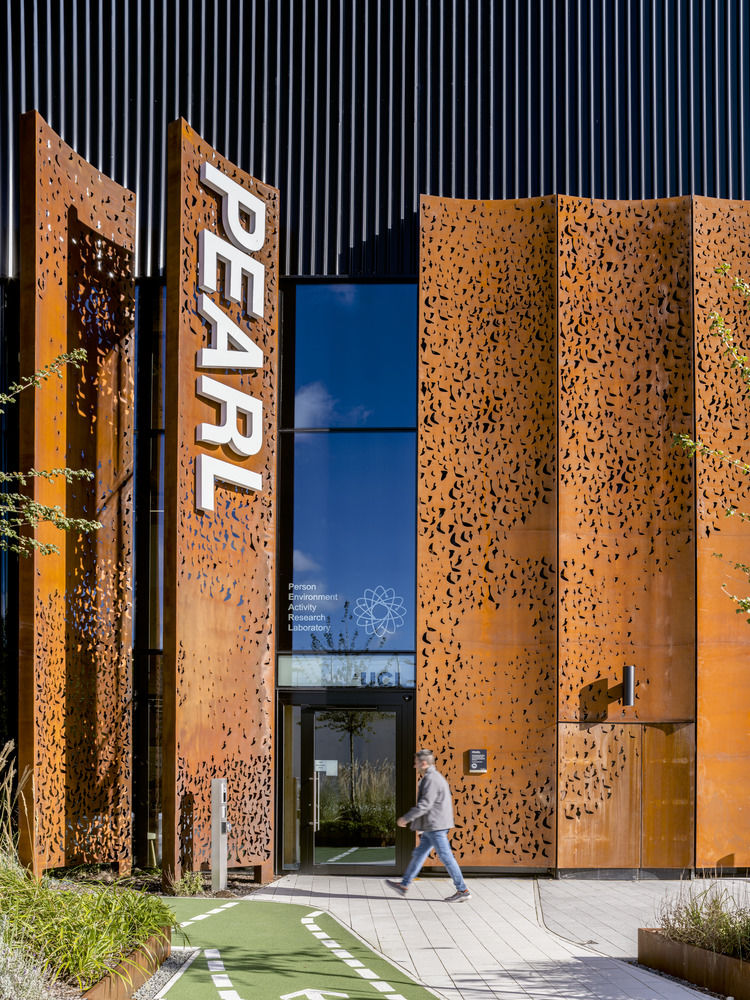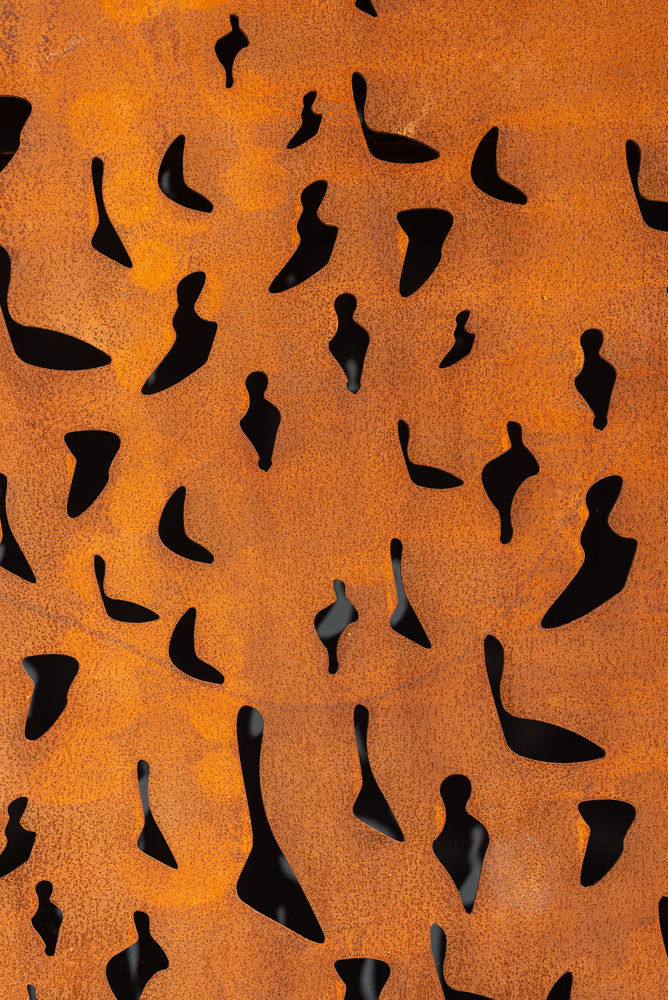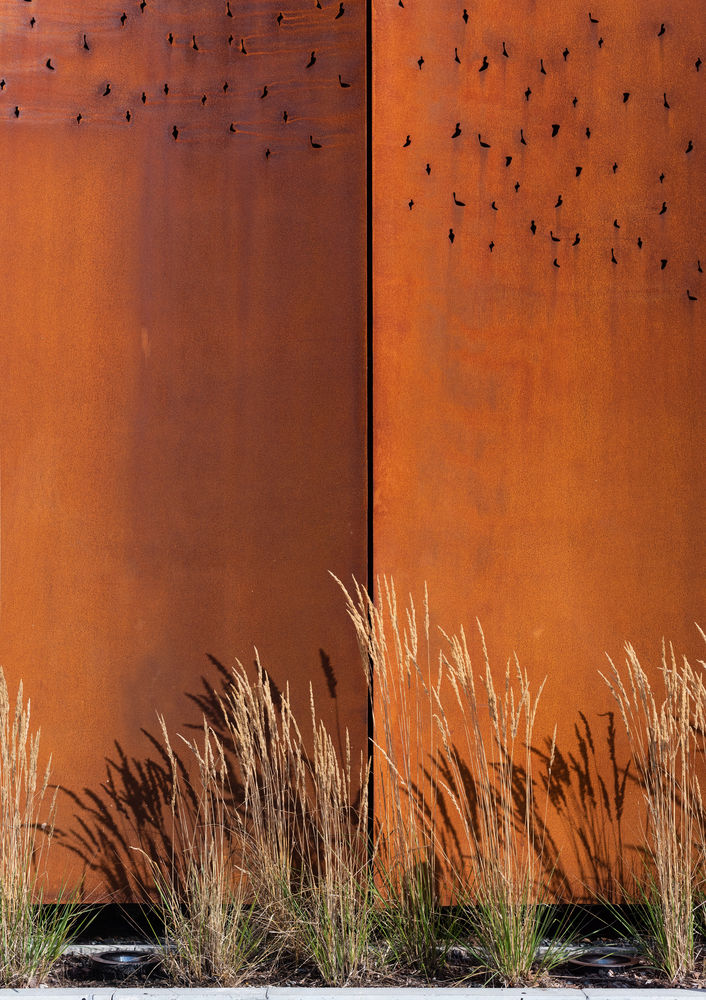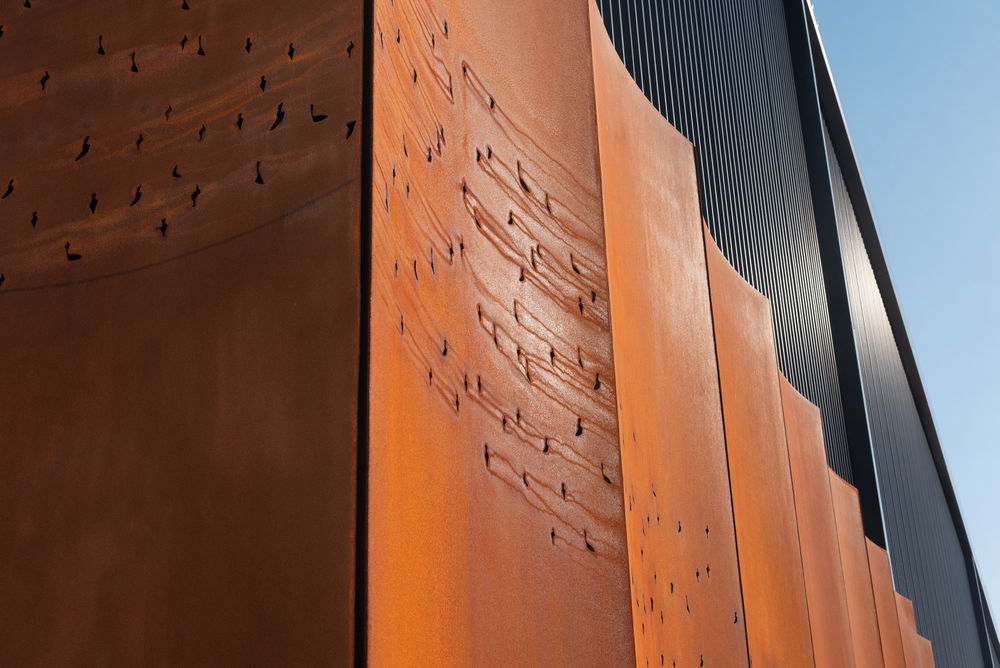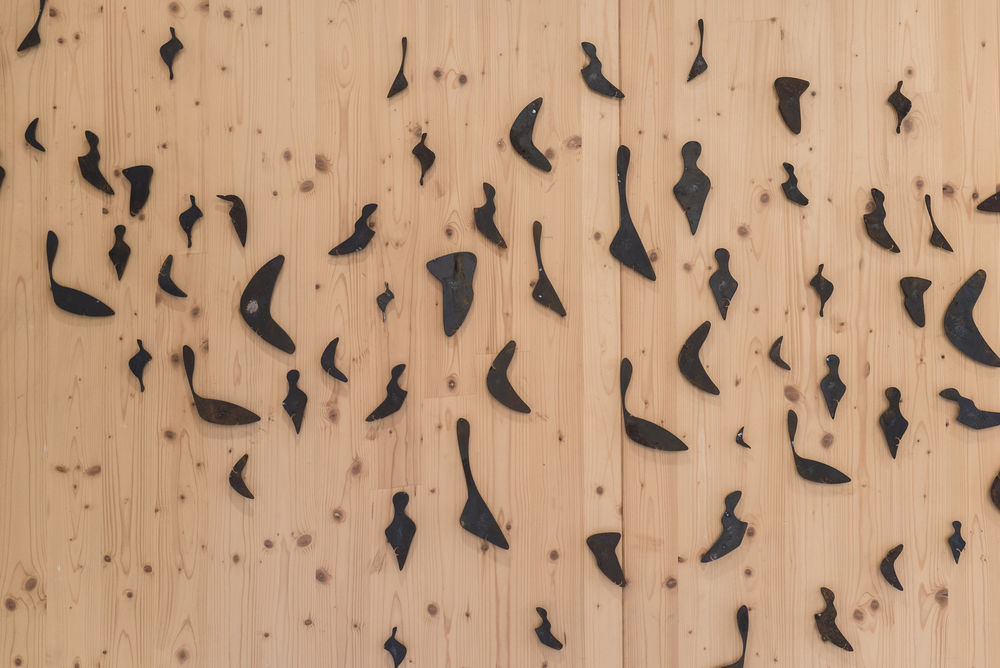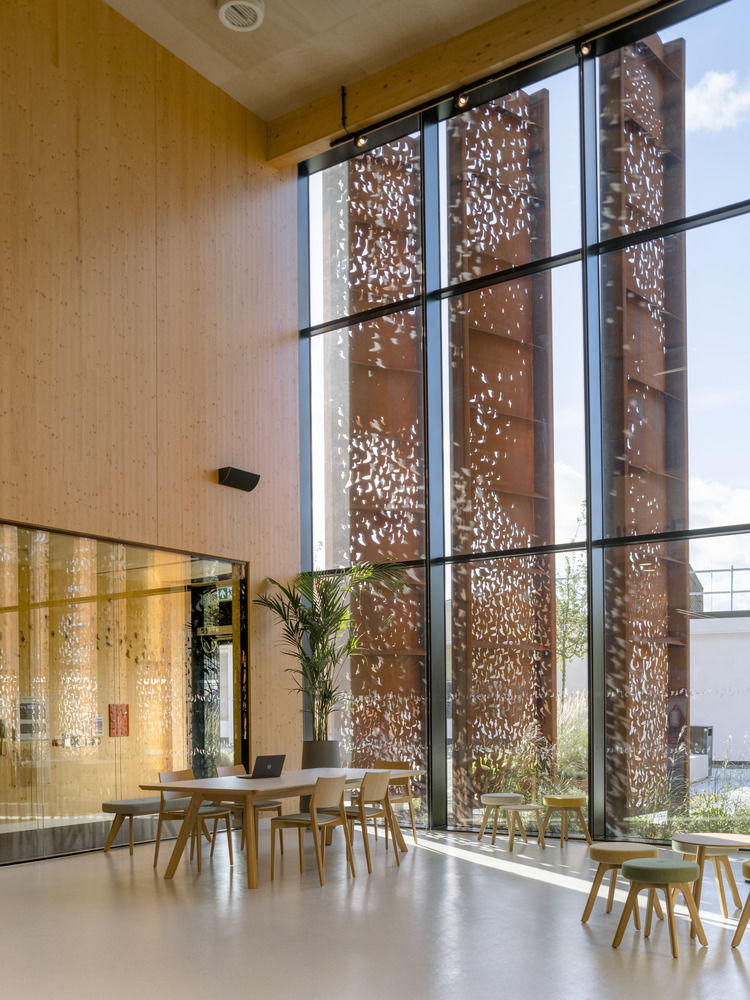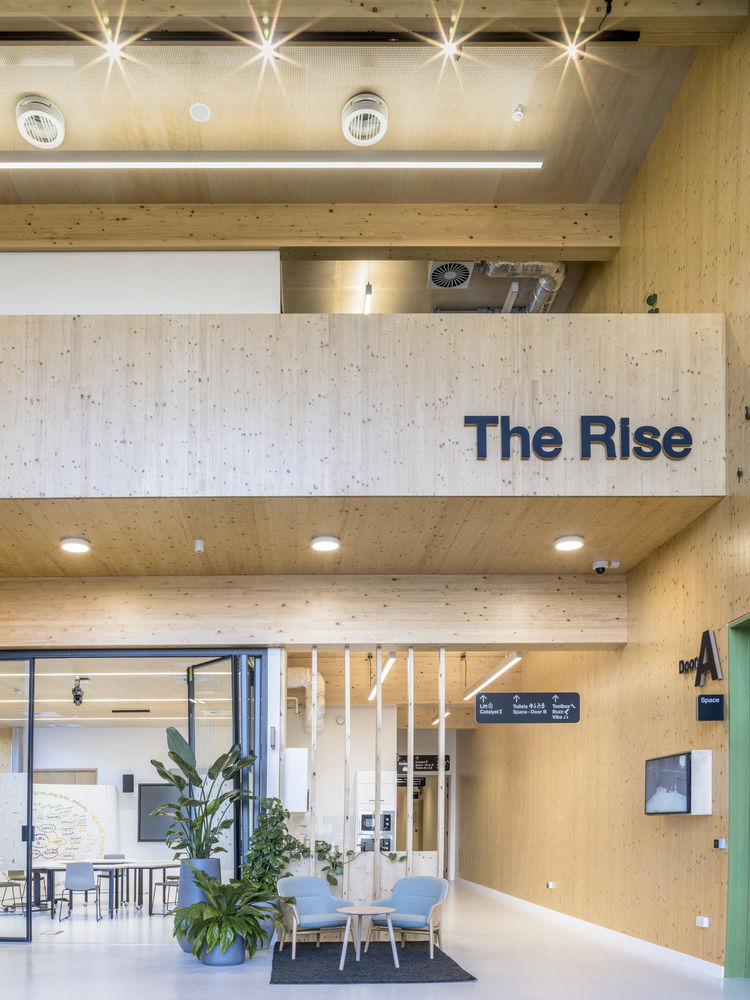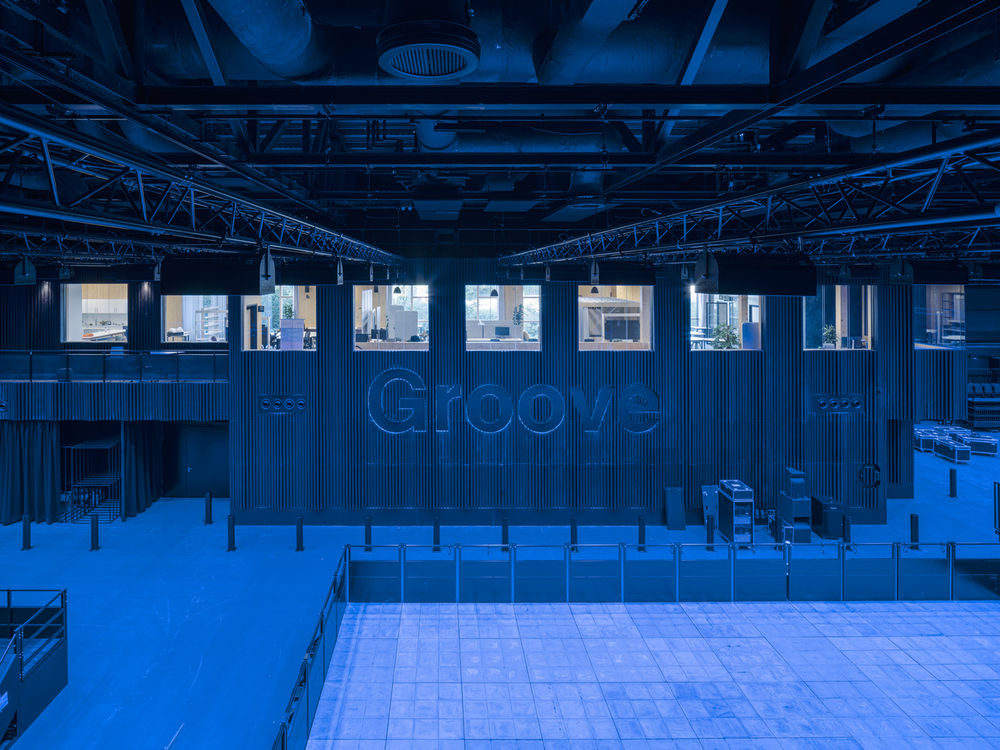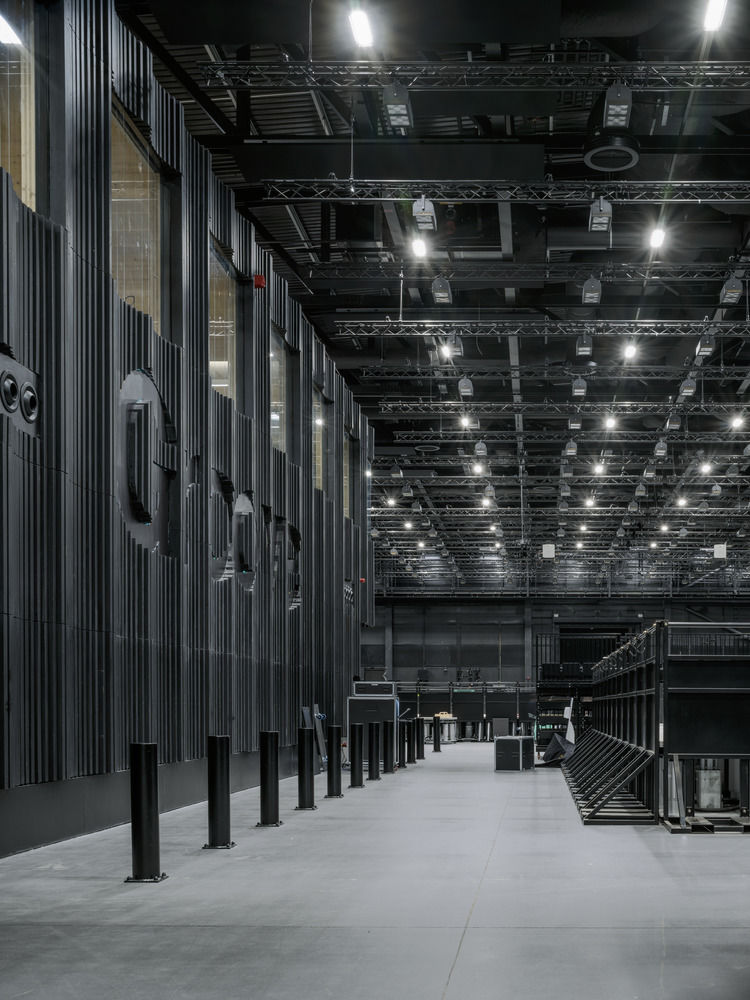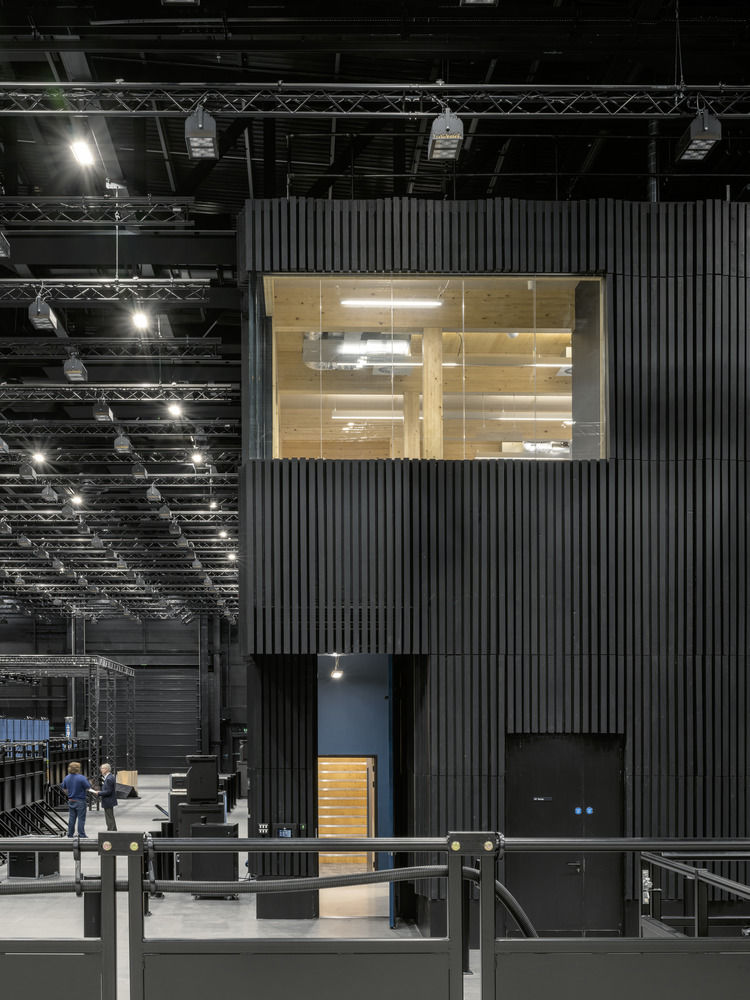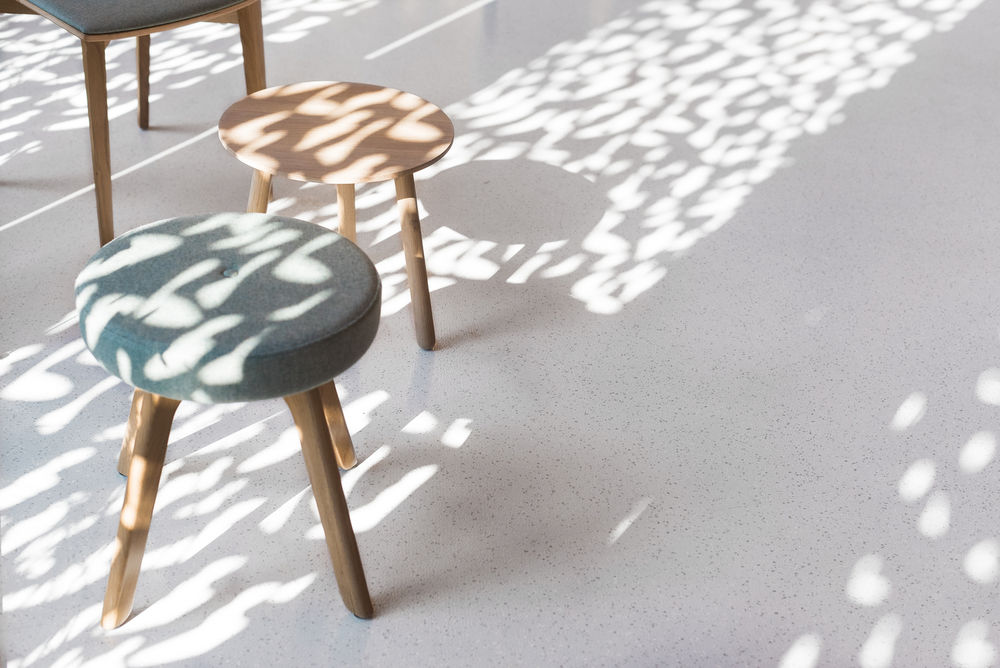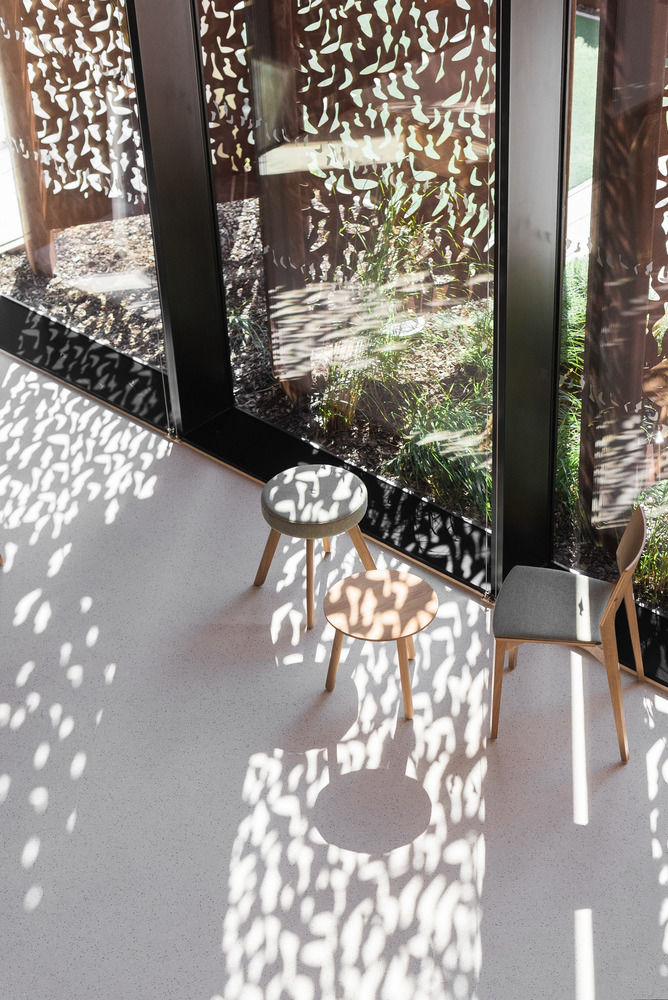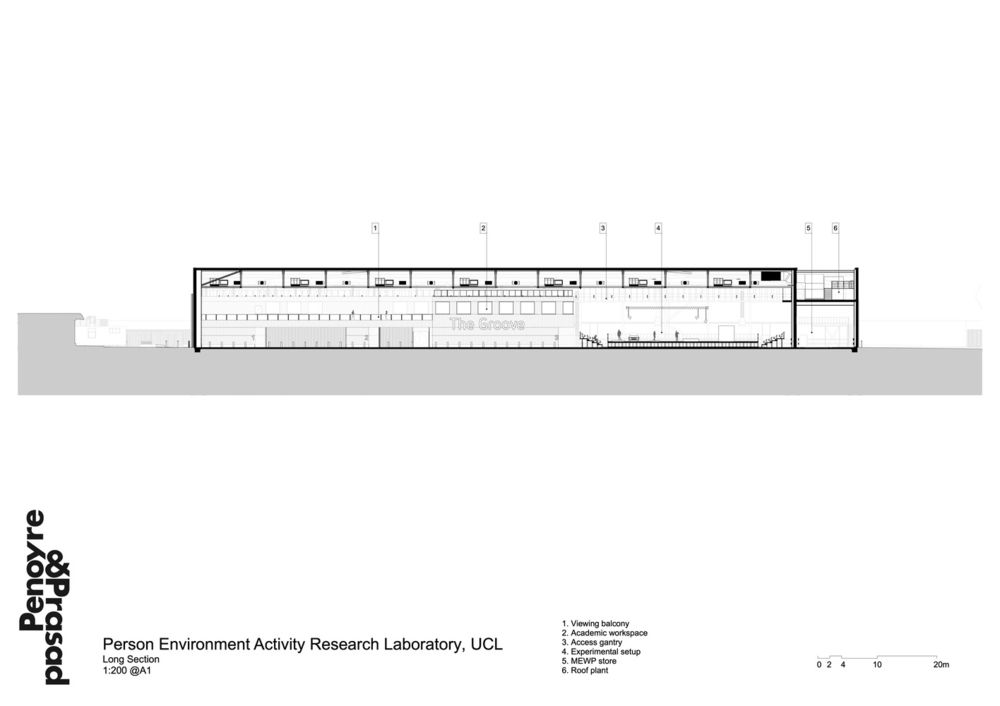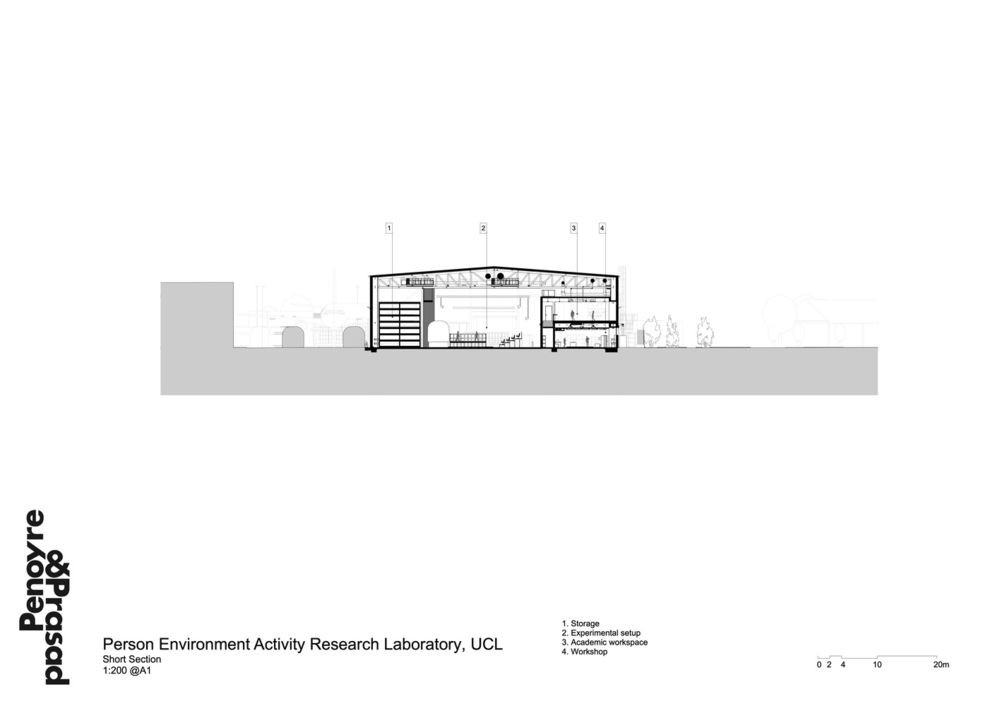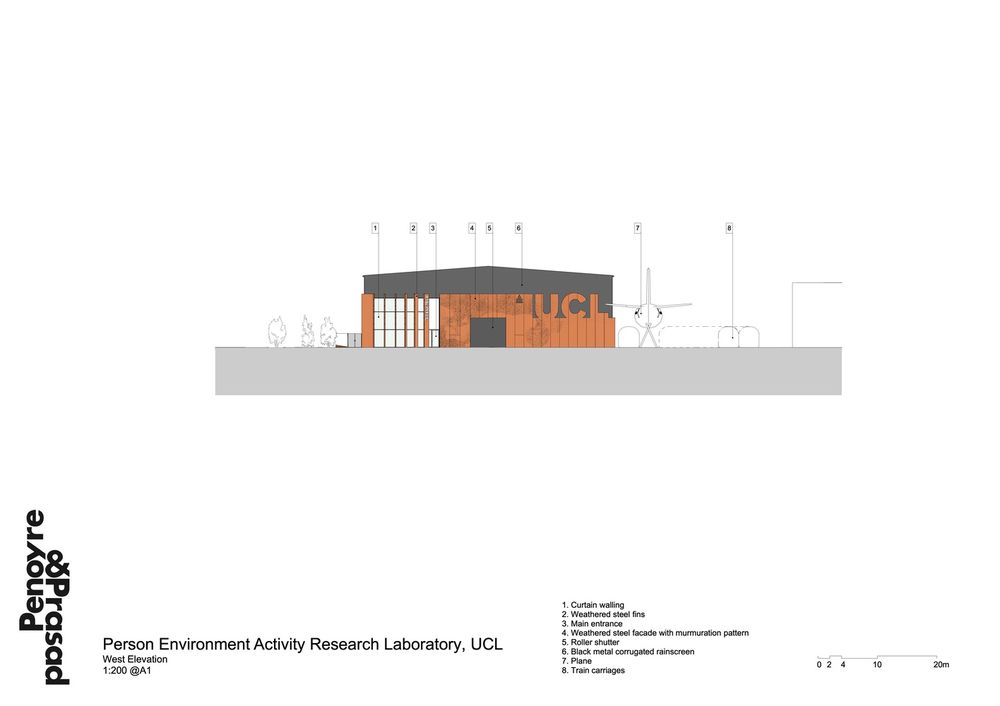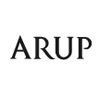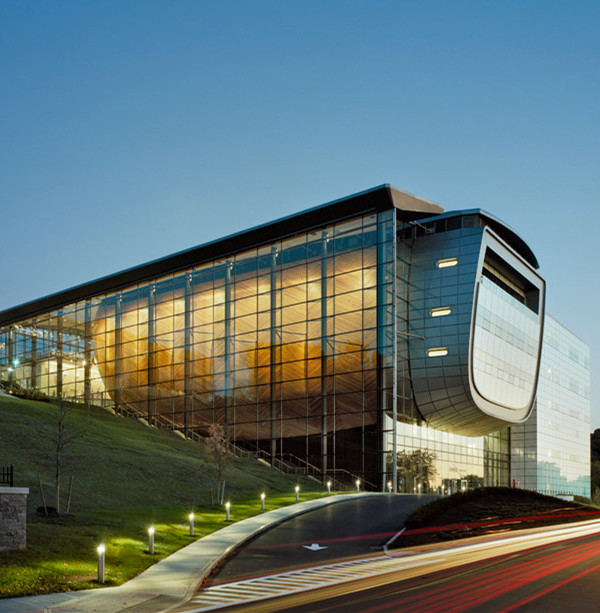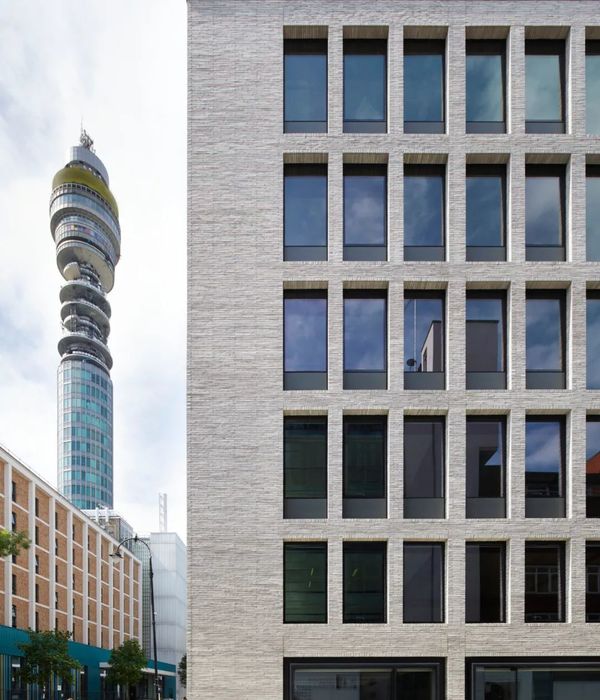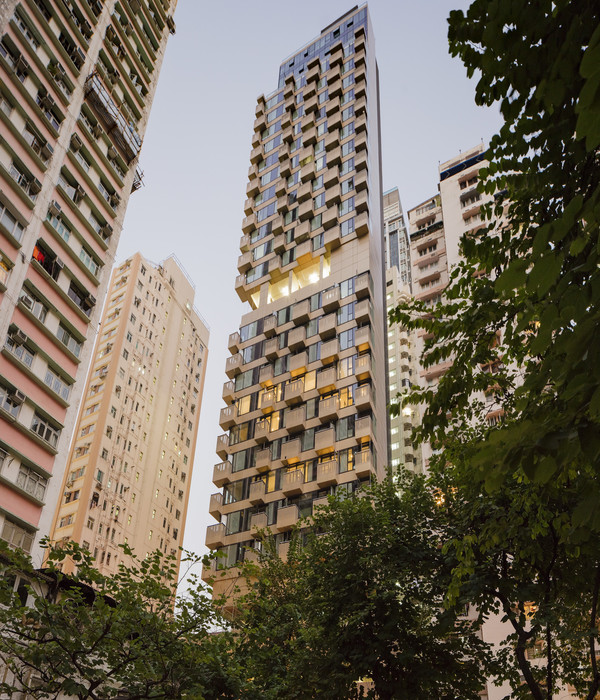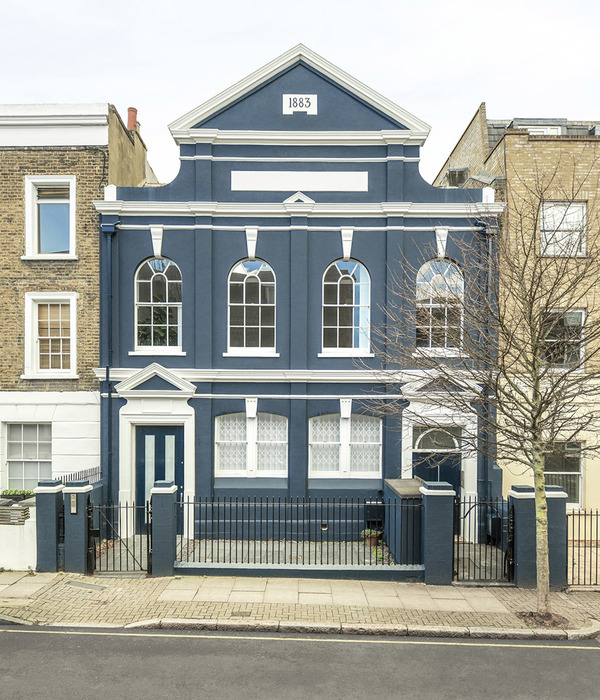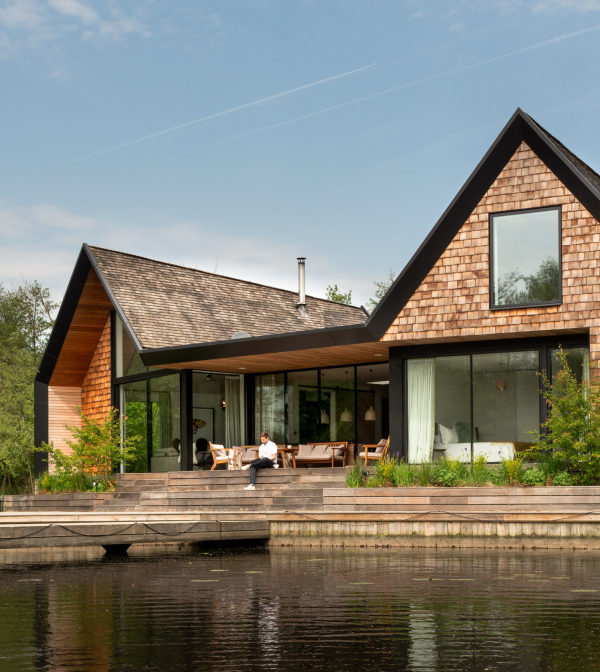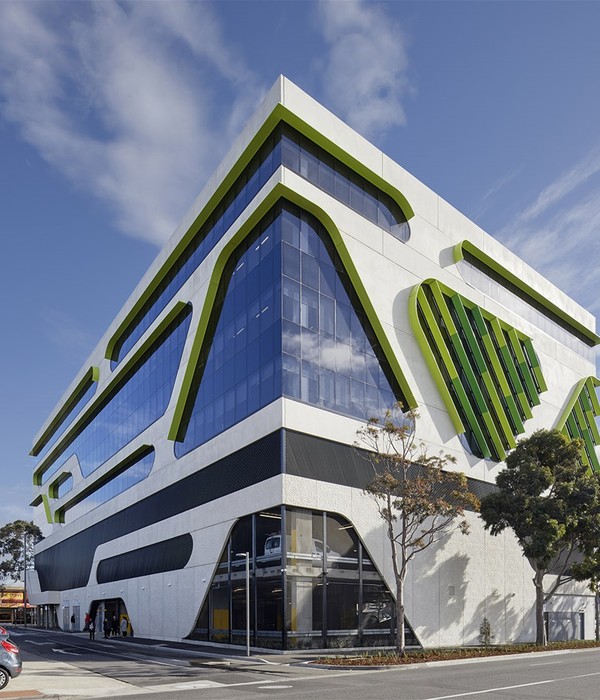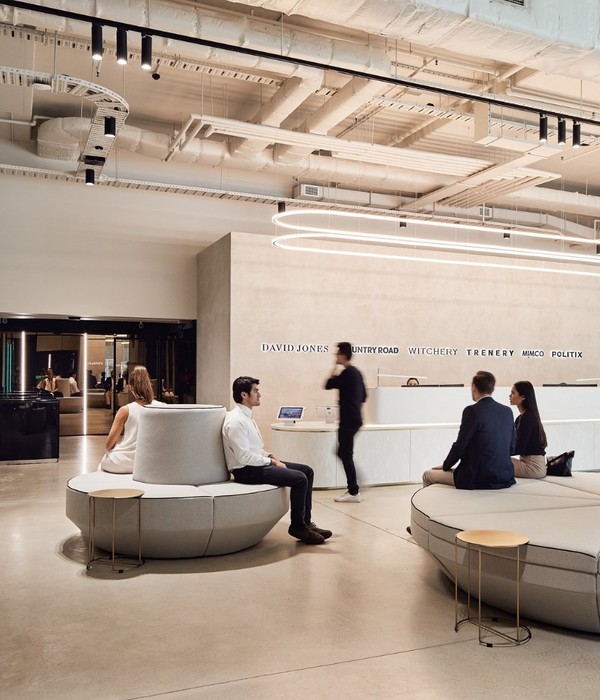伦敦大学学院研究实验室 PEARL | 环境与行为研究的创新空间
Architects:Penoyre & Prasad
Area :5650 m²
Year :2021
Photographs :Timothy Soar, James Tye
Project Manager :AECOM
M&E Consultant :Stantec
Sustainability Consultant :Stantec
Structural Engineering :Atkins
Civil Engineering :Atkins
Transport Consultant :Atkins
Landscape Architects :Atkins
Planning Consultant :Be First
Acoustic Design :Stantec
BREEAM Consultant :Peter Brett Associates
Acoustic Consultant :Arup
Main Contractor :VolkerFitzpatrick
Client : UCL
Access Consultant : Atkins
Cost Consultant : Turner & Townsend
Fire Services Consultant : Buro Happold
Heritage Consultant : JLL Heritage
Signage Consultant : Placemarque
Theater Consultant : Charcoalblue
City : London
Country : United Kingdom
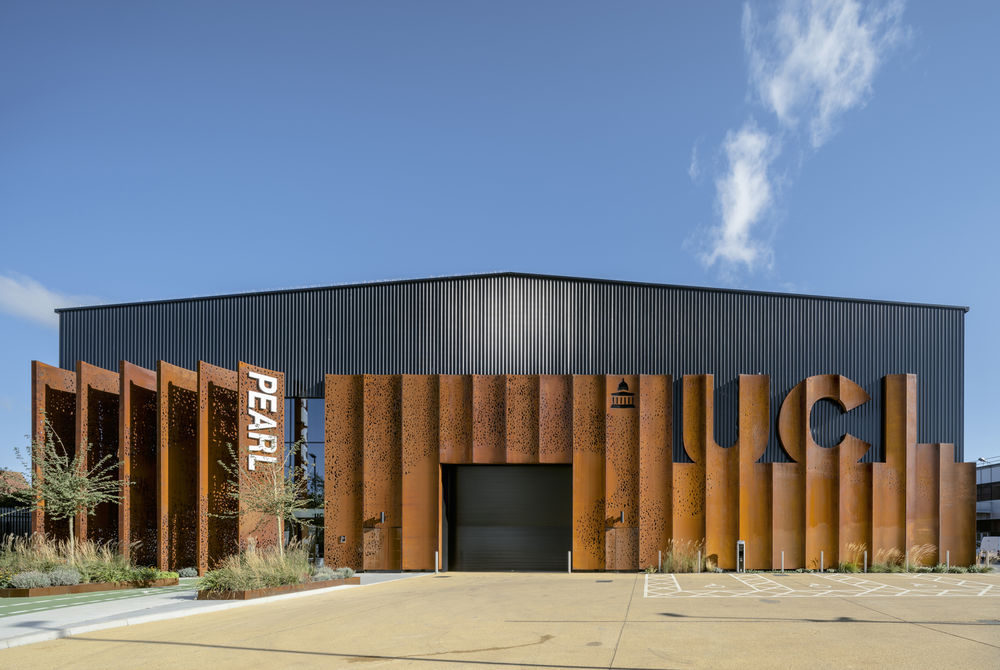
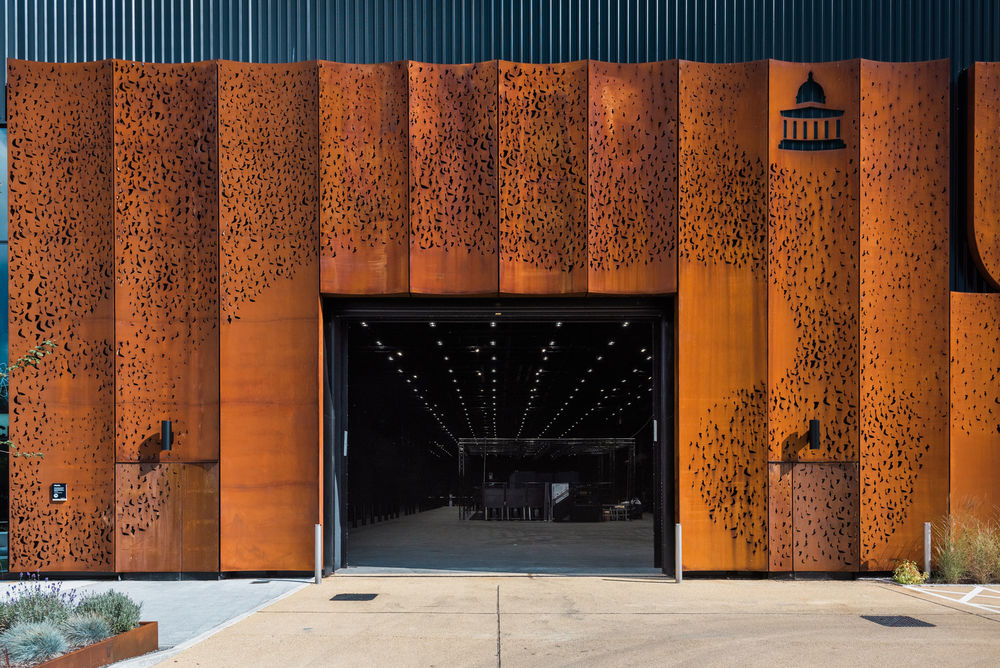
London-based architecture practice Penoyre & Prasad, a studio of Perkins&Will, has completed UCL’s unique research laboratory, PEARL. The research center’s goal is to improve the built environment and the way we interact with it. Life-sized environments – a railway station, high street, town square for example – will be built under controlled conditions to examine how people of all abilities interact with their urban environment and each other.
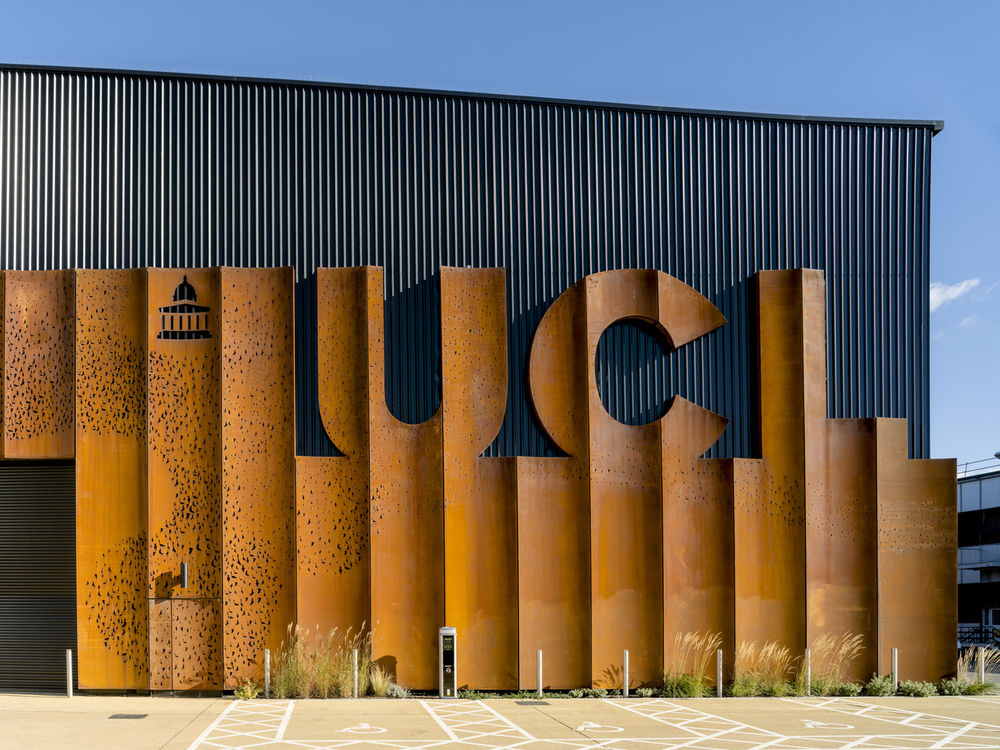
This highly collaborative project – bringing together engineers, architects, biologists, social scientists, neurologists, artists, and the public – is leading the way in designing for a more complex, integrated understanding of ourselves and our interactions with our environment.

With a floor area totaling around 4,000m2, a volume of 44,000m3, and ten meters high, the laboratory space has been designed and engineered with 40m clear structural spans to house hugely varied research experiments. Also equipped with indoor ambient environments and sound systems, the laboratory can test the impact of environmental conditions, such as space, color, lighting, smell, visibility, appearance, touch, and sound on people’s behavior and perception – bringing experiment conditions as close to real-life scenarios as possible. The laboratory interior is black, and the background sound level and reverberation are very low – core aspects of the building’s design – intended to remove people’s sense of ‘being in a building’.
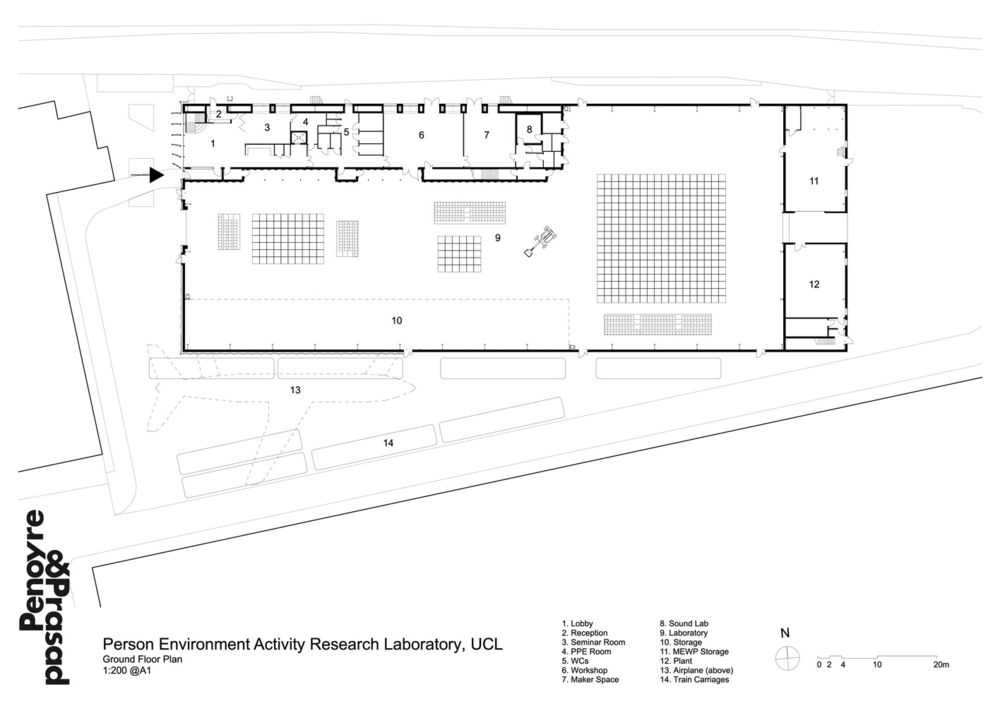
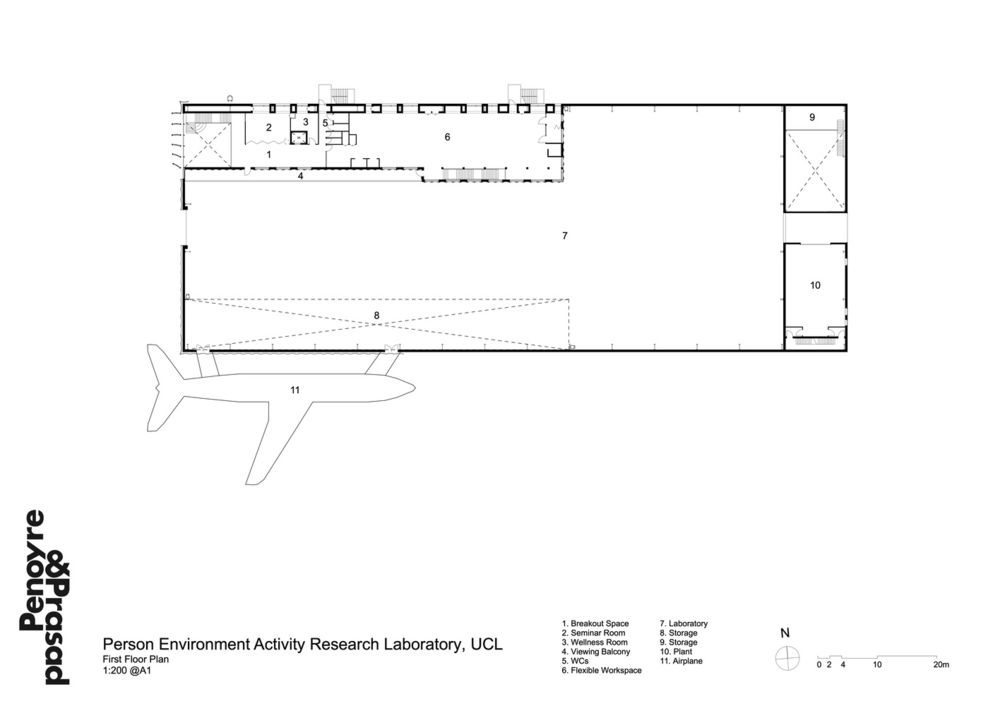
Externally, the building’s form and materials relating to the site’s industrial architectural heritage; crisp detailing and weathered steel provide a contemporary twist. The scalloped west facade references the roof form of its Grade II Listed neighbor, one of the first examples of shell concrete structure in the UK. 9m high, rusted steel panels gradually fan out across the frontage, providing shading to the Groove and signaling the entrance to PEARL.
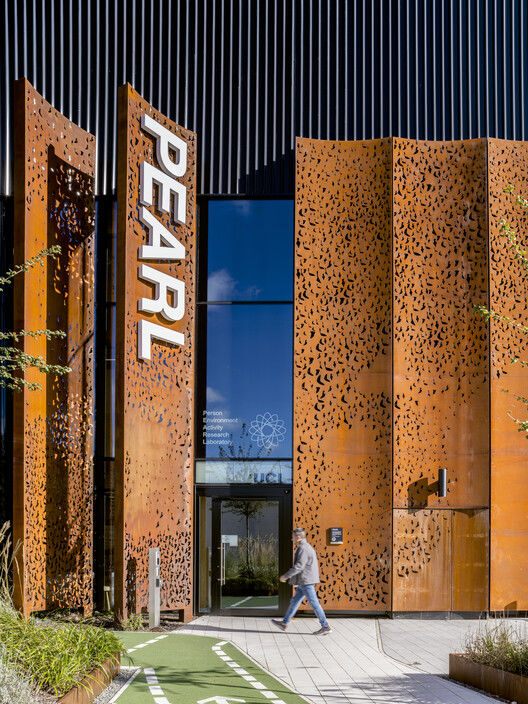
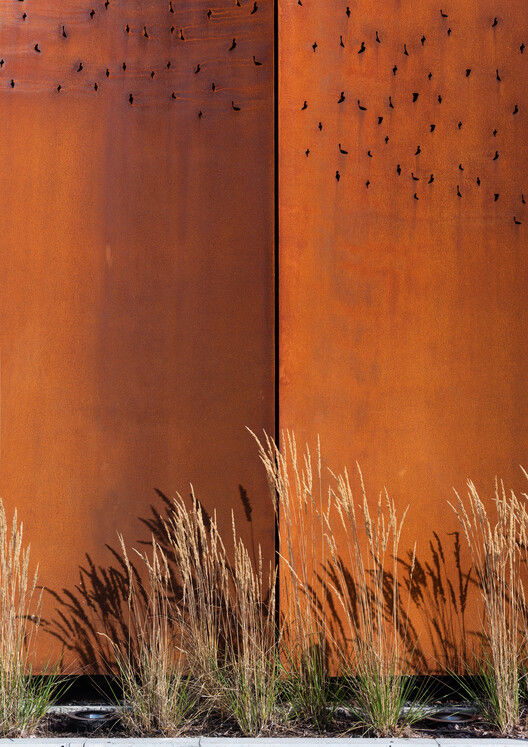
Perforations in the steel mediate the scale and bring a sense of movement to the façade. Repetitive patterns can cause distressing visual noise for people with sensory or neurological conditions. Working with Professor Nick Tyler and his team we looked to natural, non-linear imagery – people flow and crowd movement – both of which are key areas of research inside the building. The three-dimensional and abstract nature of the perforations also represents the flow of individual and collaborative ideas that swirl together and continue into the building to inspire the research that turns these ideas into innovations for the design of the future environments.
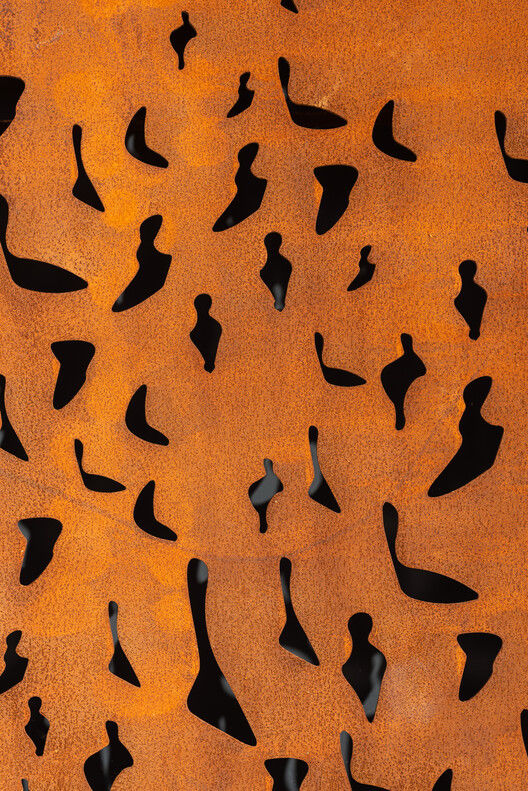
A triangular forecourt to the southwest of the building will locate some of PEARL’s larger experiments, including the use of tube/train carriages, and a decommissioned aircraft fuselage. The aircraft will be connected to high-level openings in the facade via two-jet bridges, animating the building’s external appearance and helping to create a real sense of identity for the facility.
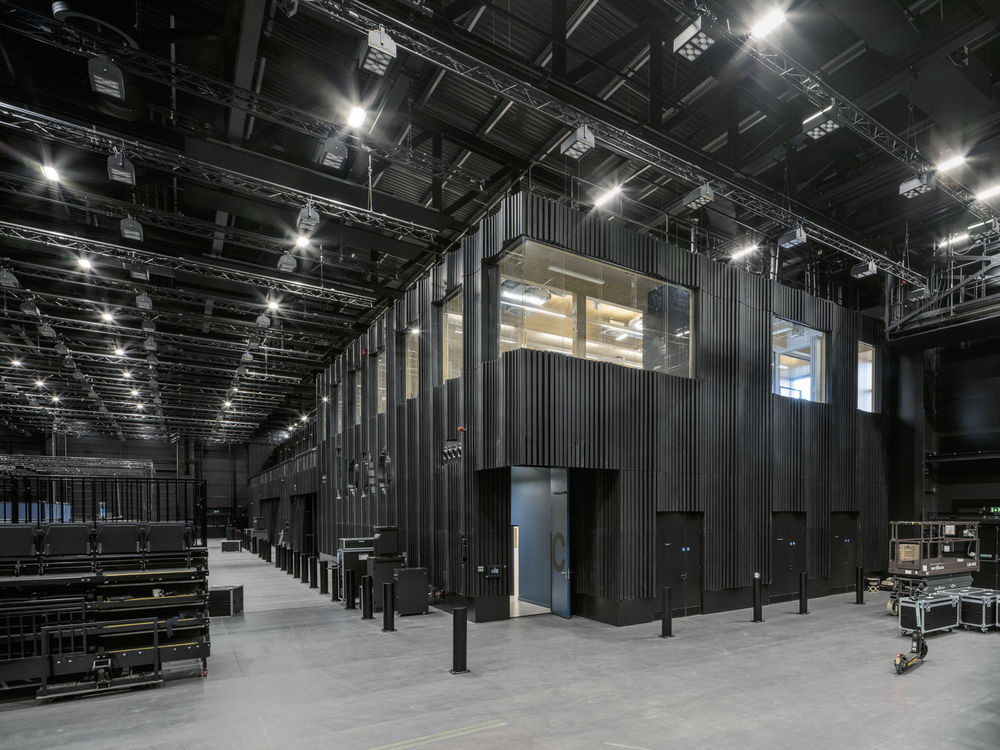
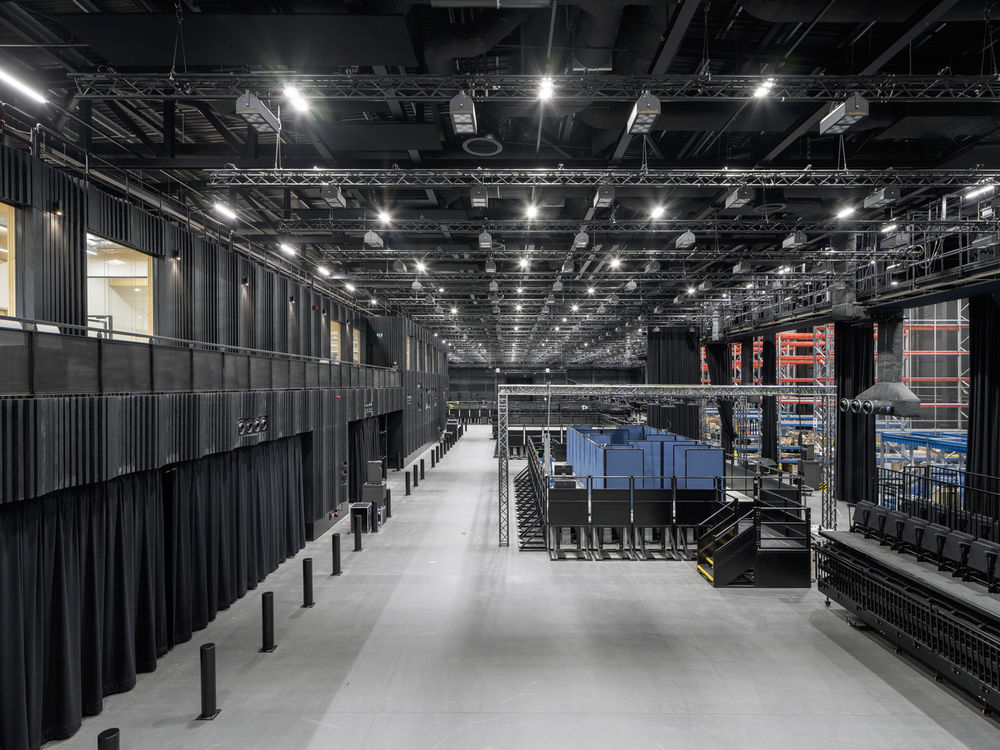
As UCL’s first net-zero carbon in-use building, PEARL demonstrates the university's strategic commitment to lead by example and operate in a sustainable way. Pearl has achieved BREEAM Outstanding – the first finished building ever to achieve an Outstanding rating under the new BREEAM standards.
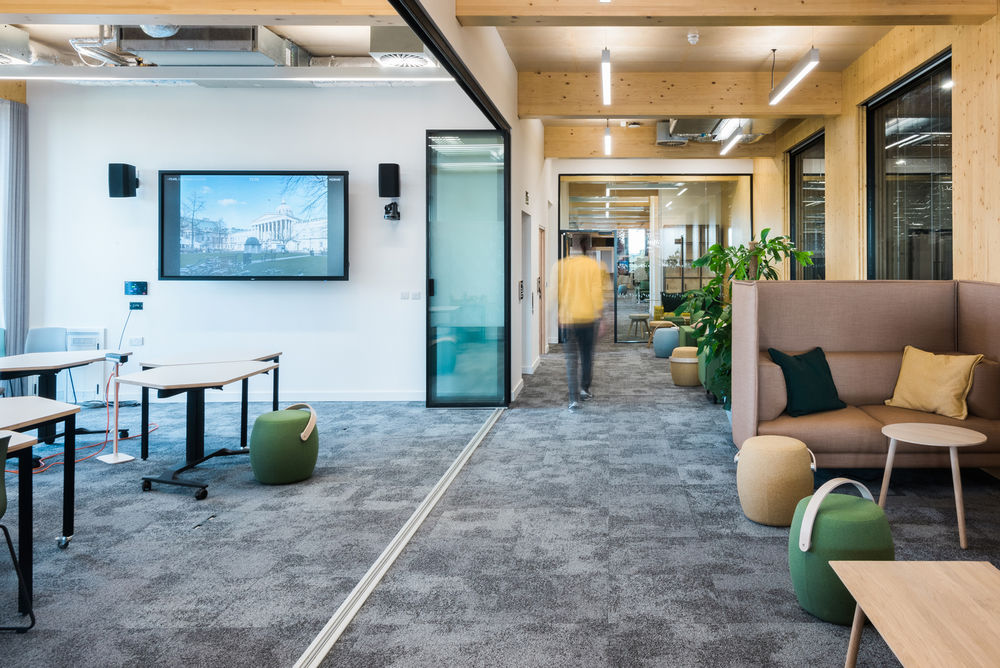
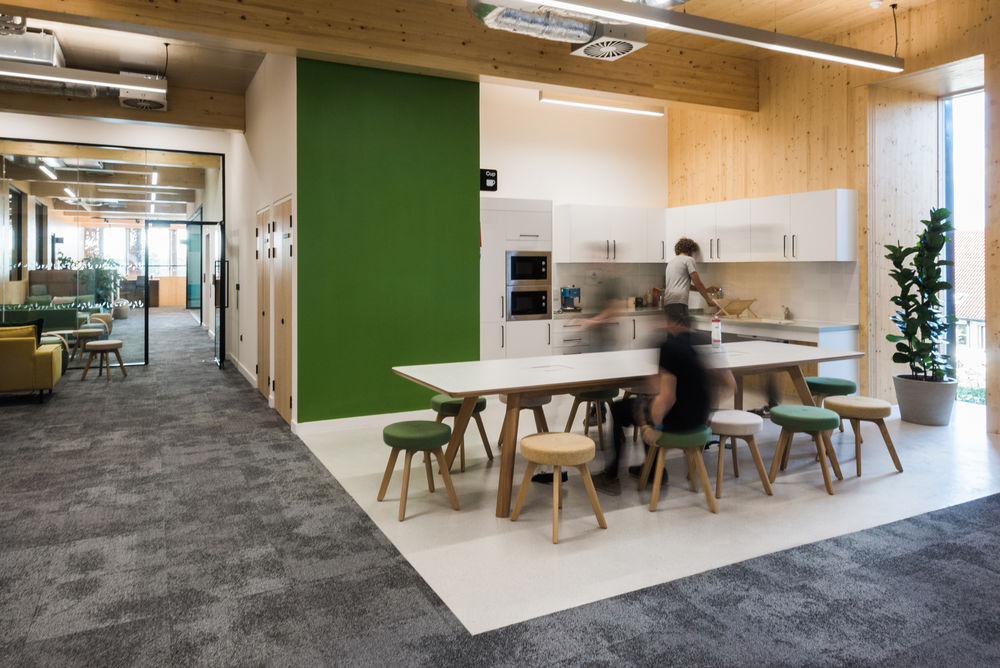
The building is projected to be carbon negative thanks to its highly efficient fabric, services, and the production of its own energy from a vast array of photovoltaics covering the entire roof. Built for deconstruction and the circular economy, the design maximizes the use of recycled and recyclable materials, whilst minimizing waste from the site through off-site prefabrication and cut and fill site preparation.


Located in Dagenham, PEARL sits beside several other regeneration projects in the wider area. It aims to be a hub for the local community and is already working closely with multiple schools and colleges across the London Borough of Barking and Dagenham.
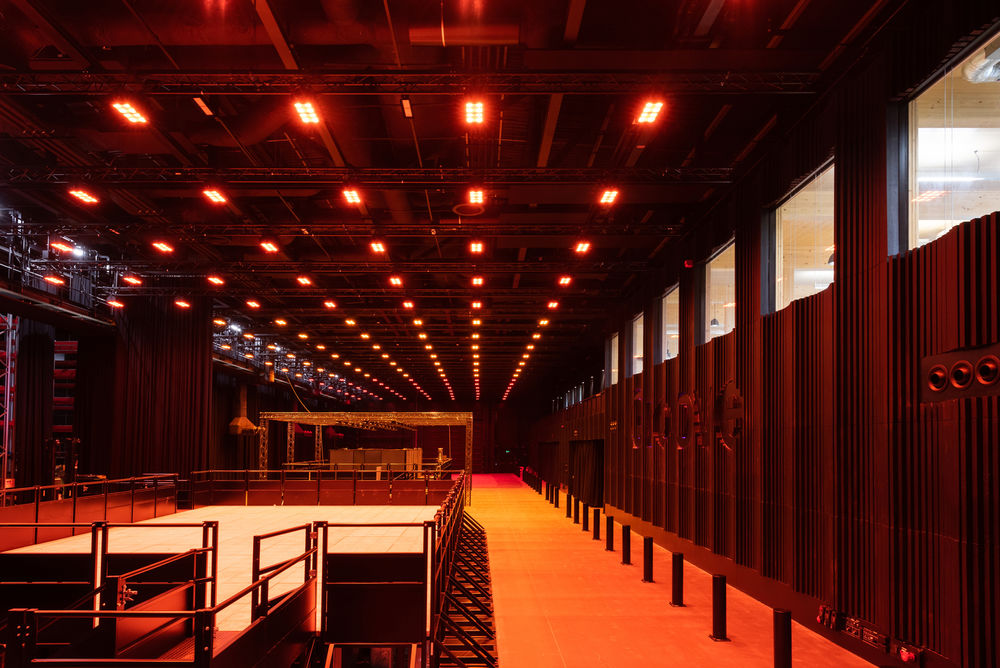
▼项目更多图片
